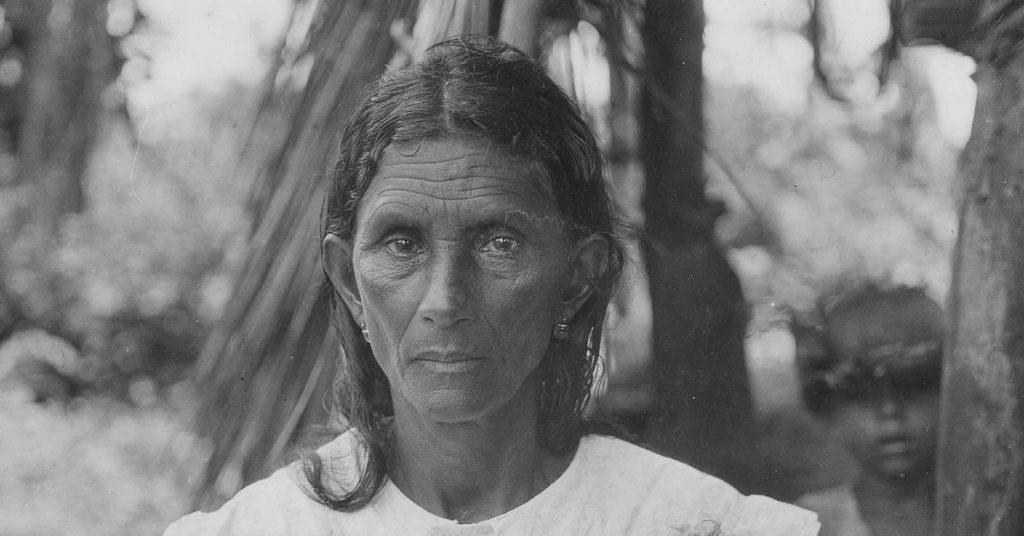The exhibition Taíno: Native Heritage and Identity in the Caribbean is on view daily at the National Museum of the American Indian in Manhattan’s Financial District from July 28, 2018 – November 12, 2019. FREE
Taíno
The Taíno are one of the main indigenous peoples of the Caribbean.
At the time of European contact, we populated Haiti, the Dominican Republic and Puerto Rico; Jamaica, the Bahamas and most of Cuba; and the Virgin Islands.
We didn’t have a written language so our story is not well preserved, but the Spanish found large and well-organized communities that grew yuca, sweet potatoes, maize, beans and other crops that you can find today in the markets of New York City barrios.
We traveled the seas on giant canoes and played a game with a rubber ball when the Europeans had never seen rubber.
Taíno: Native Heritage and Identity in the Caribbean
The exhibition explores how in the last forty years, people have begun reclaiming our indigenous heritage.
The popular narrative is that we are extinct like Neanderthals. In fact if you google Taíno, Google says we are extinct.
But we are still here. We just intermarried. We intermarried with the Spanish. We intermarried with Africans. We blended in and survived.
Since the Spanish came, we have been taught that everything European (and later American) is good and everything about us is bad. That’s ridiculous. It’s a method of control. We just don’t accept that narrative any more.
After about 50 years of contact with the Spanish, our civilization was destroyed, but we remain and elements of our culture remain embedded throughout the Caribbean. Today more than half of the people of the Caribbean islands have Taíno genes.
Taíno culture survives in some remote communities, especially in eastern Cuba. We even entered the dominant culture. Canoe, hammock, barbecue, tobacco and hurricane come from Taíno words.
In New York City today, many Puerto Ricans and Dominicans identify proudly with our Taíno heritage. In fact, since being abandoned by our country after Hurricane Maria destroyed Puerto Rico, our Taíno roots give us the resilience to survive and rebuild.
In a way, the story of the Taíno is the story of being Latin American, a mix of Indigenous, European and African.
The exhibition is presented in English and Spanish.
Taíno is Indigenous Beauty
The photographs in this exhibition are some of the older photos of Taíno people that we know of.
Look at the faces of the Taíno women in these pictures. You will see a long face with an angular chin across Puerto Rico, Venezuela and Colombia. Many beauty queens come from the Caribbean region.
Their beauty is probably Taíno, and other blends of Indigenous, European and African that is Latin in the Americas. But it is Indigenous and a source of pride. You see the face in men too.
Once you recognize it, you will start to see the Taíno face everywhere. We didn’t die out. We just intermarried. It may or may not have been brutal, but the Taíno woman figured out how to pass her genes to future generations. She survived. We survive. We are still here, and we are a beautiful and handsome people.
Taíno: Native Heritage and Identity in the Caribbean Tickets
The National Museum of the American Indian is free.
Visit Taíno: Native Heritage and Identity in the Caribbean
National Museum of the American Indian
Alexander Hamilton U.S. Custom House
1 Bowling Green, New York, NY 10004
(at the end of Broadway)
Financial District, Manhattan
Hours
Daily: 10 am – 5 pm (8 pm on Thursdays)
Closed December 25.
Subway
- (1) to South Ferry
- (2) (3) to Wall Street
- (4) (5) to Bowling Green
- (R) to Whitehall St
- (J) (Z) to Broad St
Bus
M5, M15, M20
For more information, visit www.nmai.si.edu

